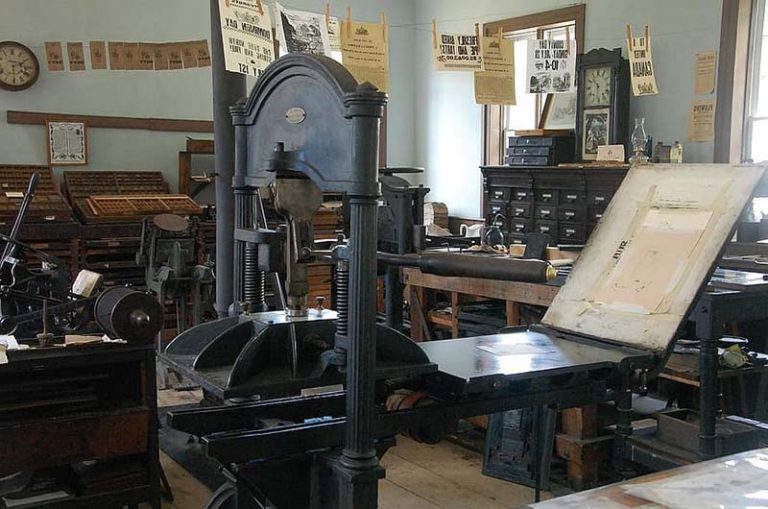February 16, 2005
The contrasting efforts by Quebec and First Nations to achieve their respective nationalist dreams as described in the readings, Quebec: social change and political crisis by Kenneth McRoberts and Skyscrapers hide the heavens; a history of Indian-white relations in Canada by J.R. Miller, present a valuable comparison on the relative successes and challenges both face.
McRoberts describes the importance of the emerging Francophone middle class, acting with the aid of state intervention, known as the Quite Revolution, starting with the creation of Quebec Hydro and the formation of government sponsored business aid programs. These efforts created white collar, professional jobs that would raise the economic and social status of an entire generation during the 1960s. This economic empowerment would redefine Anglo-Franco relations in Quebec, particularly in business, but also extending into key areas such as language, immigration and provincial/federal relations. Through key victories, Quebec would plant its nationalist seeds that would eventually grow into a strong, effective separatist movement seeking to recognize Quebec’s nationhood.
The First Nations struggle for recognition presents a very different, and by contrast, less successful effort to achieve a similar goal. Miller describes the ongoing frustration, marked by few victories, for Aboriginal peoples in Canada. Beginning with the failed attempts by church and state to integrate Native people via imposed political and cultural methods and patriarchal legislation, including taking over lands and moving children to residential schools, Miller reviews the key moments as the Native movement gathers momentum. Starting with the political organization of the British Columbia Indians in 1906, he traces the formation of major Native organizations, such as the National Indian Council, the National Indian Brotherhood, the Canadian Métis Society, and the Assembly of First Nations, recounting how each group fought for land claims and self-determination. He focuses on significant court decisions, various federal legislation and constitutional reforms to demonstrate triumphs such as the Guerin decision, the Penner Committee findings and the blocking of the Meech Lake Accord, as well as the failures, as Miller describes them, like the 1969 White Paper and the 1991 Royal Commission on Aboriginal Peoples.
The strong contrasts in the two movements can be found in several areas, most notably in terms of economic reform and state intervention. The Quebec nationalist movement drew its strength through the emerging middle class, who were able to successfully find economic empowerment and legitimacy through the efforts of the Quebec government to enhance education and create state-sponsored jobs aimed at employing Francophone professionals. Emboldened by their newly created wealth and place in Quebec society, they would turn their attention to consolidating their position through language laws and other means, allowing them to protect their jobs and unique culture.
Native peoples would not enjoy any similar economic development, but instead find themselves oppressed, as Miller describes the situation, treated as “fourth world” of dependent people in a modern Canadian state. Over time, Aboriginal people would take on some responsibilities for social services, education, child welfare and other areas, but never similar to those enjoyed by Quebec. First Nations people would not see the kind of state-sponsored employment such as the creation of Hydro Quebec and the entrepreneurship programs. Despite this, subsequent generations of Native people were able to obtain education and some economic power by leaving reserves to take up careers in urban centres. These people would return to provide leadership; and notably, in the past few decades, these leaders would assist in bringing about changes that would result in victories around the formation of Nunavut, the blocking of the Meech Lake Accord, the Royal Commission on Aboriginal Peoples and the Statement of Reconciliation. While not completely satisfactory in Miller’s mind, these do represent the some major steps forward.
What we see in this brief analysis raises questions about the role of the state in relation to a social movement. Without the state intervention in Quebec, and the subsequent economic benefit, would Quebec nationalism experience the same momentum? Has the federal and provincial governments’ ability to successfully delay land claims and economic development been the only reason the First Nations movement has not realized its nationalistic goals as fully or are there other factors? As well, is the economic means to support a social movement a pre-condition for its success? As First Nations people gain more control over lands and resources, will this mean greater success in the future or are there other factors not mentioned by Miller (but suggested in Joyce Green’s article regarding women’s rights) that might stand in the way? Finally, McRoberts and Miller are only two perspectives and under closer scrutiny might there be more similarities than presented in the two articles?

